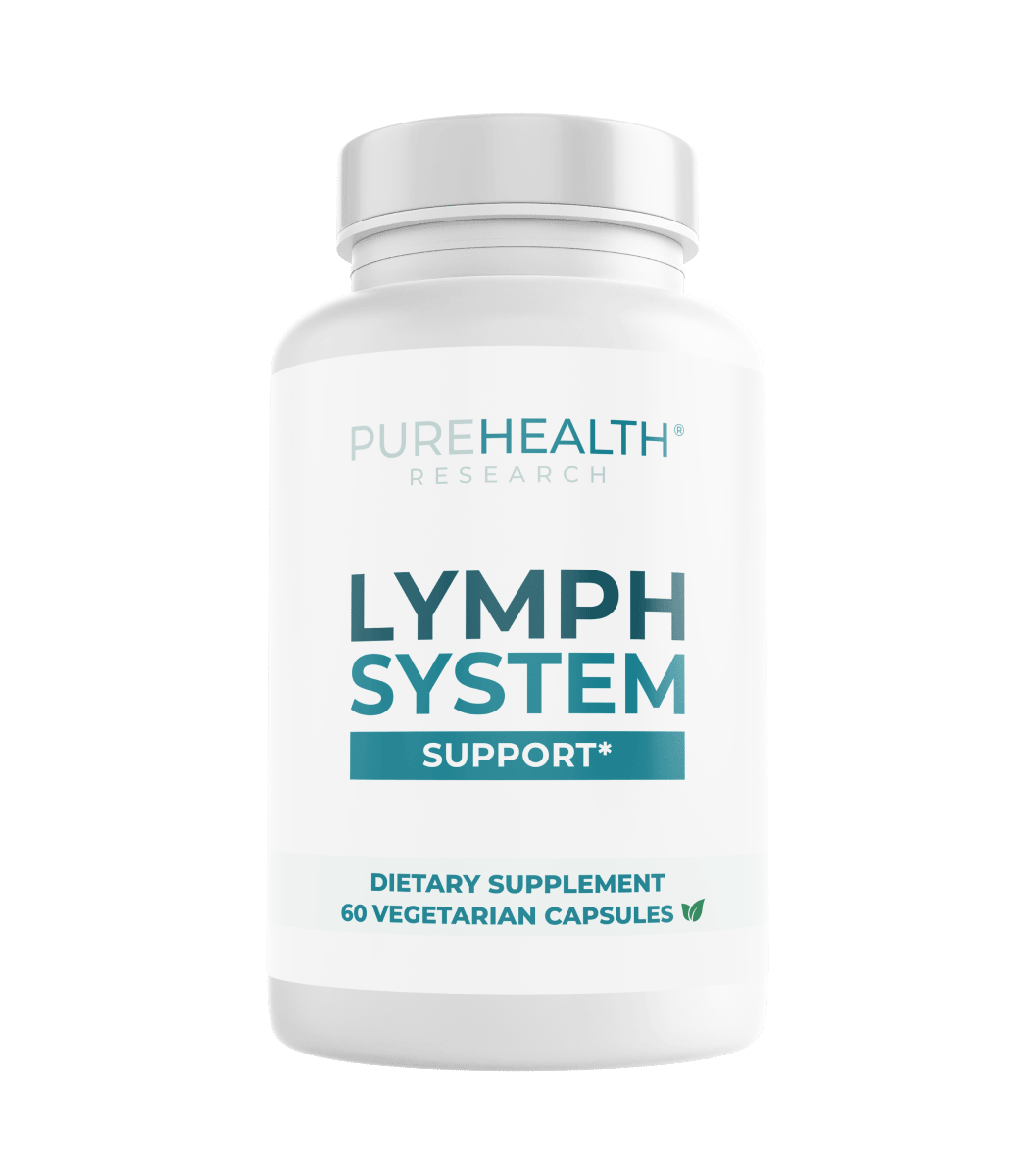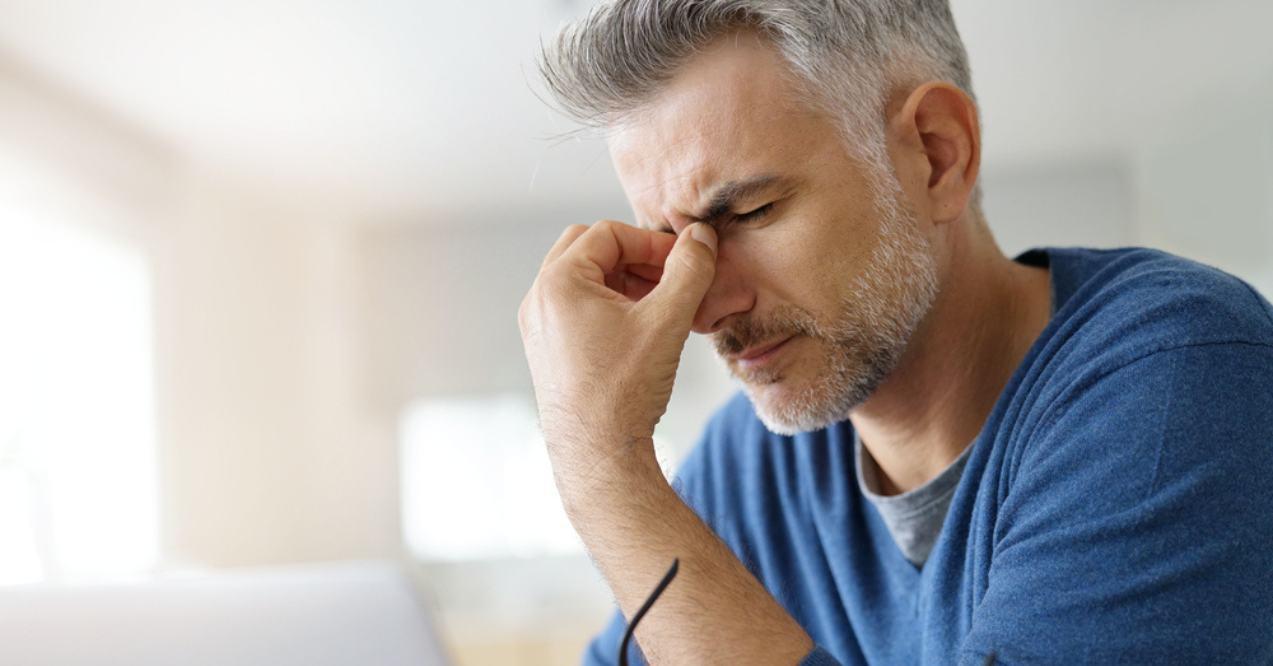How to Improve Circulation in Feet: 9 Useful Tips
Learn how to improve circulation in feet with practical lifestyle changes, including exercises, diet tips, and self-care routines.
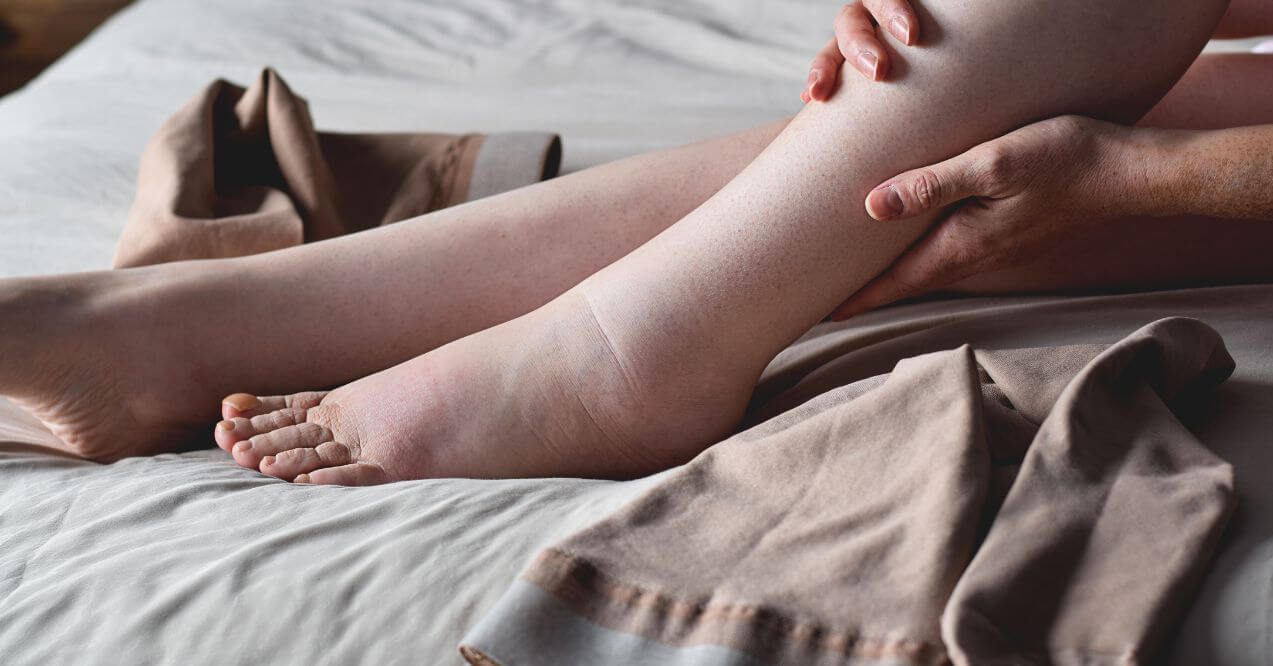

If you’re wondering how to improve circulation in feet, you’re not alone. Millions of people in the U.S. experience reduced blood flow to their feet, especially as they age. Proper circulation is essential for maintaining comfort, mobility, and overall foot health.
This blog will guide you through the common signs of poor circulation, its potential causes, and actionable tips to promote healthier blood flow to your feet. Whether you’re seeking simple lifestyle changes or targeted strategies, you’ll find practical advice tailored to your needs.
What is Poor Circulation?
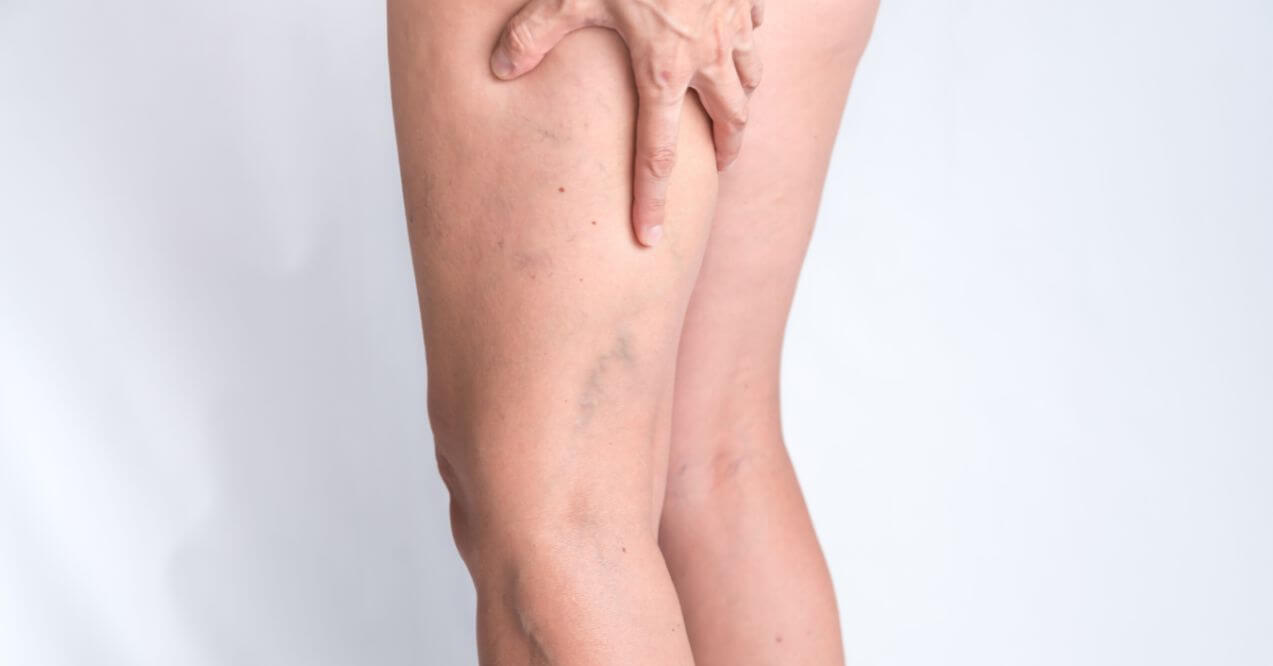
Circulation moves blood through your body, delivering oxygen and nutrients while removing waste. The heart pumps blood through a system of blood vessels, ensuring every area of the body gets what it needs to stay healthy and active. Good circulation keeps your feet warm, mobile, and comfortable.
Poor circulation occurs when blood flow is reduced or restricted in certain areas, often affecting the extremities like the feet. This can result in sensations of coldness, numbness, or fatigue in the legs. Over time, limited blood flow may contribute to visible signs such as spider veins on ankles, which indicate stress on smaller blood vessels. Supporting healthy circulation is crucial for maintaining mobility, comfort, and overall foot health.
Symptoms of Poor Circulation in Feet
Recognizing the symptoms of poor circulation in your feet is essential for taking the right steps to address it. These signs can also indicate reduced blood flow in your toes and legs. Common symptoms include:
- Cold feet – A lack of warm blood reaching your extremities can make your feet feel unusually cold.
- Numbness or tingling – Reduced circulation can cause a “pins and needles” sensation or complete numbness.
- Cramps – Painful muscle cramps, especially during activity or rest, may signal poor blood flow.
- Discoloration – Pale, bluish, or purple skin tones can develop when oxygen-rich blood doesn’t reach your feet.
If you’re wondering how to improve circulation in feet and toes, it’s important to address these symptoms early. Making lifestyle changes and following simple tips can improve foot circulation, helping to alleviate these discomforts and promote healthier blood flow.
Causes of Poor Circulation

Several factors can contribute to poor circulation in your feet. A sedentary lifestyle, smoking, and certain health conditions are common culprits. Here are some key causes:
- Sedentary lifestyle – Sitting or staying inactive for long periods slows blood flow to your feet.
- Smoking – Nicotine narrows blood vessels, restricting blood flow to the extremities.
- Peripheral artery disease (PAD) – This condition causes narrowed or blocked arteries, reducing circulation in the legs and feet.
- Diabetes – High blood sugar levels can damage blood vessels and nerves, leading to poor circulation and numbness.
- Excess weight – Carrying extra weight puts pressure on blood vessels, limiting blood flow.
Addressing these factors with targeted changes can improve foot circulation and support healthier blood flow. So, if you’re wondering how to fix poor circulation in feet, lifestyle adjustments are a great place to start.
9 Tips How to Improve Circulation in Feet
If you’re wondering how to improve circulation in feet, small lifestyle changes can make a big difference. These tips focus on simple, effective strategies to promote blood flow and maintain foot health.
1. Exercise and Targeted Movements

Regular physical activity is one of the best ways to boost blood flow and support healthy feet. Exercises like walking, ankle pumps, and leg lifts specifically target foot and leg circulation, helping to strengthen muscles and keep blood moving. Walking even for 15-20 minutes a day can improve circulation and reduce stiffness.
Incorporating stretches or yoga can also help maintain flexibility and reduce pressure on joints. Staying active not only improves circulation but also plays a role in how to prevent arthritis in feet by keeping joints and muscles mobile.
2. Dietary Recommendations
A balanced diet plays a vital role in supporting healthy circulation. Foods rich in antioxidants, such as fruits and vegetables, help protect blood vessels and promote better blood flow. Whole grains and lean proteins provide essential nutrients for overall cardiovascular health.
Incorporating certain herbs for lymphatic system health, like turmeric, ginger, and garlic, can further support circulation. Staying hydrated and reducing processed foods also contributes to better blood flow. For those wondering how to detox lymphatic system, adding nutrient-dense foods and herbs to your diet can help maintain a healthy lymphatic flow while enhancing circulation in your feet.
For additional support, consider natural supplements for circulation and lymphatic health. Lymph System Support is formulated with natural ingredients like Echinacea purpurea and burdock root. These botanicals have been traditionally used to assist the lymphatic network in maintaining fluid balance and supporting the body’s natural detoxification processes.
By aiding the lymphatic system, this supplement can contribute to healthier circulation and overall well-being
3. Hydration

Staying properly hydrated is essential for supporting blood volume and healthy circulation. Water helps maintain the consistency of blood, making it easier for the heart to pump it through your body, including to your feet. Proper hydration also prevents thickening of the blood, which can slow circulation.
Aim to drink at least 8 glasses (64 ounces) of water per day, though individual needs may vary based on activity levels and climate. If you’re wondering how to improve blood circulation in feet, consistent hydration is a simple yet effective step. Adding water-rich foods like cucumbers and oranges can also help.
4. Elevate Your Feet
Elevating your feet is an effective way to enhance blood flow and reduce swelling, especially after a long day. Gravity can make it harder for blood to flow back up to your heart, but raising your feet helps blood move more freely.
To practice this, lie down and place a pillow or cushion under your legs, ensuring your feet are slightly higher than your heart. This is particularly helpful at night – an easy solution if you’re wondering how to improve circulation in feet while sleeping. Aim to elevate your feet for 15-20 minutes a few times a day for the best results.
5. Quit Smoking

Smoking significantly harms circulation by narrowing blood vessels and restricting blood flow. Over time, this can reduce oxygen and nutrient delivery to your feet and other extremities. Quitting smoking not only benefits circulation but also supports overall health and vitality.
To stop smoking, consider strategies such as nicotine replacement therapy, joining a support group, or seeking guidance from resources like quit-smoking apps or hotlines. Each step you take to quit strengthens your body’s ability to restore healthier blood flow and maintain better circulation long term.
6. Compression Stockings
Compression stockings are specially designed to improve blood flow in the feet and legs by applying gentle pressure. This pressure helps blood vessels work more efficiently, encouraging blood to flow upward toward the heart and reducing swelling in the lower extremities.
There are various types of compression stockings, from mild to firm compression levels. Mild compression is suitable for daily use or mild swelling, while firmer options are often recommended for more significant circulation challenges. To get the best results, consult the product guidelines or seek advice to choose the right compression level. Regular use of compression stockings can be an effective tool for maintaining healthy circulation.
7. Foot Massage
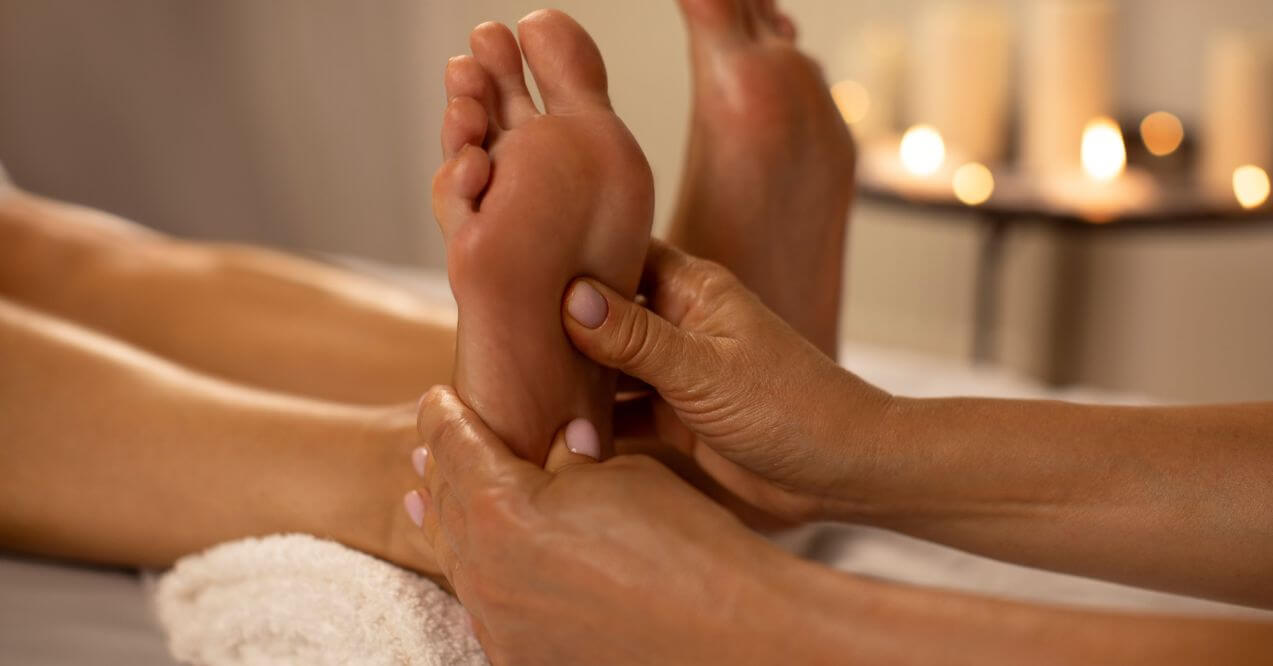
Regular foot massages can stimulate circulation, relieve tension, and support overall foot health. Massaging the feet helps to encourage better circulation by activating blood vessels and loosening tight muscles. This can be particularly beneficial after long periods of sitting or standing.
For a self-massage, start by applying light pressure with your thumbs to the soles of your feet, moving in circular motions. Pay attention to areas that feel tight or tender. Alternatively, consider seeking professional massage therapy for deeper relief. Adding massage to your routine is a relaxing way to promote circulation and keep your feet feeling their best.
8. Warm Baths and Socks
Using warmth is a simple and soothing way to enhance blood flow in your feet. Warmth helps dilate blood vessels, making it easier for blood to circulate through the lower extremities. A warm foot bath can relax your muscles and stimulate blood flow, especially after a long day.
To try this, soak your feet in a basin of warm water for 10-15 minutes. Adding Epsom salts can make it even more relaxing. Wearing warm socks, especially before bed, is another easy way to keep your feet cozy and improve circulation. If you’re wondering how to improve circulation in feet while sleeping, these methods can make a noticeable difference.
9. Stress Management

Stress can have a significant impact on circulation by constricting blood vessels and reducing blood flow. Managing stress is essential for maintaining healthy circulation and overall well-being.
Incorporate stress-reducing activities into your routine, such as yoga, meditation, or deep breathing exercises. Even a few minutes of focused relaxation each day can help improve blood flow. Activities that calm the mind and body not only support circulation but also contribute to better energy and overall health. Making stress management a priority is a vital step toward healthier feet and a healthier you.
When to See a Doctor
If symptoms of poor circulation in your feet – such as persistent numbness, swelling, or discoloration – don’t improve with lifestyle changes, it’s important to seek medical advice. Persistent issues could indicate an underlying condition that requires professional evaluation.
A doctor can assess your symptoms, identify potential causes, and recommend appropriate interventions. These may include diagnostic tests, targeted treatments, or advice on using medical devices like compression stockings. Addressing poor circulation early can prevent complications and support long-term foot health.
Conclusion
Understanding how to improve circulation in feet is essential for maintaining overall health and mobility. Simple lifestyle changes, like staying active, eating a balanced diet, staying hydrated, and managing stress, can make a big difference. Tools such as compression stockings, foot massages, and warm baths provide additional support for healthy blood flow.
By taking proactive steps to address poor circulation, you can reduce discomfort, support foot health, and enhance your overall well-being. If symptoms persist, don’t hesitate to seek medical advice to address underlying issues and ensure long-term foot health.
Poor circulation can often be managed with lifestyle changes like exercise, hydration, and dietary adjustments. While some underlying causes may require ongoing care, taking proactive steps can significantly improve blood flow and alleviate symptoms.
Frequent cold feet may indicate poor circulation or other underlying issues. While occasional cold feet are normal, persistent symptoms should be evaluated to rule out health concerns and explore solutions for improved blood flow.
Select compression stockings based on your needs, such as mild compression for daily use or higher levels for significant swelling. Consult product guidelines or a healthcare provider to ensure the correct fit and compression level for you.
Elevate your feet slightly above heart level using a pillow, wear warm socks, or soak your feet in a warm bath before bed. These methods can encourage blood flow and keep your feet comfortable overnight.
Yes, supplements with natural ingredients like Echinacea, dandelion extract, and burdock root may support circulation by enhancing blood flow and lymphatic health. Always consult a healthcare professional before adding supplements to your routine.
Sign up for our Healthy Living newsletter!
Advertisement. This site offers health, wellness, fitness and nutritional information and is designed for educational purposes only. You should not rely on this information as a substitute for, nor does it replace, professional medical advice, diagnosis, or treatment. If you have any concerns or questions about your health, you should always consult with a physician or other health-care professional. Do not disregard, avoid or delay obtaining medical or health related advice from your health-care professional because of something you may have read on this site. The use of any information provided on this site is solely at your own risk.
